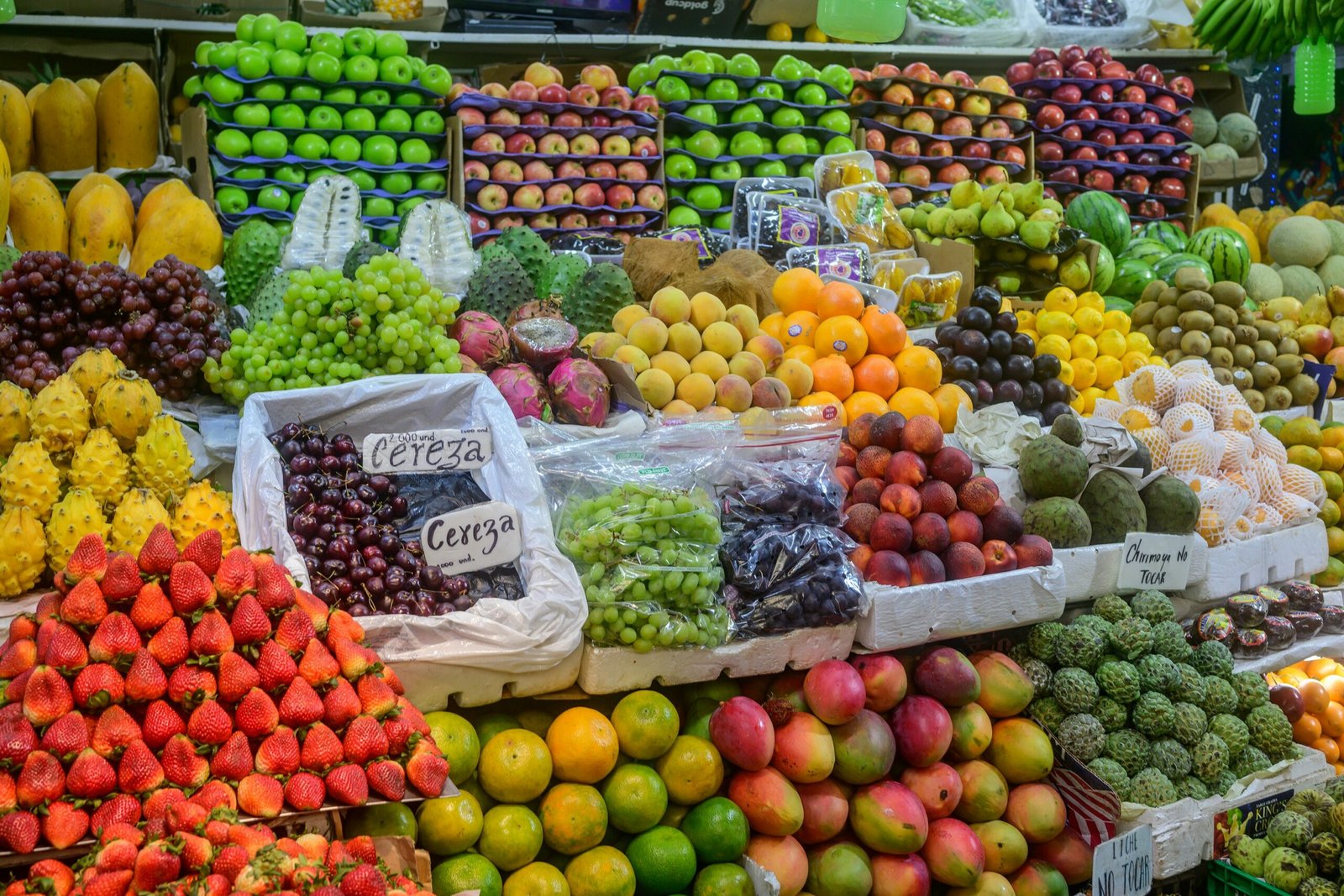Introduction to Ethylene Sensors
In recent years, agricultural monitoring has made great advancements with the latest developments in the ethylene sensors. They are playing a crucial role in tracing the levels of ethylene, a plant hormone affecting ripening and senescence. A new sensor has recently been fabricated to show high-performance ability due to its unique feature of self-heating function.
This highly innovative ethylene sensor is demonstrated with an ultra-low limit of detection, 1.654 ppb. It, therefore, serves as an important instrument for agricultural purposes, mainly for post-harvest management applications. With this detection capability of very low levels of ethylene, precise monitoring ensures crops such as cut chrysanthemums remain fresh and fresh while being stored or transported.
Real-Time Monitoring of Post-Harvest Cut Chrysanthemums
Online measurement of endogenous ethylene is one of the pioneering uses of this sensor. As a result, growers would now be able to use current data to implement strategies designed to optimize the storage environment and extend the life span of their flowers. Indeed, this technology not only improves floral quality but also helps in sustainability in horticulture by reducing losses.






